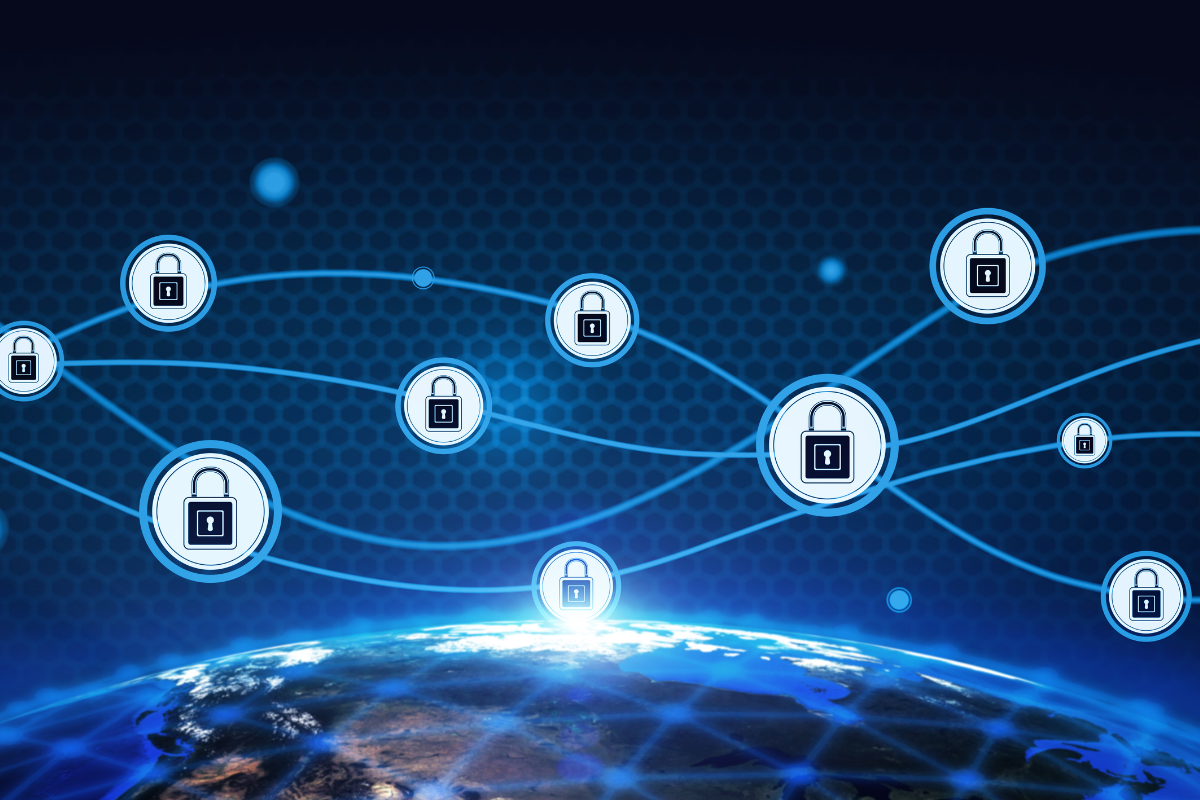In This Issue:
€7 Million Investment in Munster Technological University's Cybersecurity Programme
Munster Technological University (MTU) in Ireland has launched the Cyber Innovate programme, backed by a €7 million investment, to promote cybersecurity innovation and entrepreneurship over the next six years. This initiative aims to produce graduates equipped to develop new cybersecurity products and services, potentially leading to new start-ups and university spin-outs. Annually, 12-15 participants will receive a tax-free stipend of €38,000 and engage in a ten-month programme to devise real-world cybersecurity solutions. This funding is part of a broader €30 million allocation by Enterprise Ireland for cluster development, underlining the national ambition to make Ireland a global cybersecurity leader.
Source: https://www.rte.ie/news/regional/2024/0223/1433909-munster-technological-university/
Cyber Ireland's 2030 Roadmap: Becoming a Global Leader in Cybersecurity
Cyber Ireland has announced a new plan to expand Ireland's cybersecurity sector significantly by 2030. The national body aims to unite industry, academia, and government to support the cybersecurity ecosystem. The strategy outlines four key areas: community building, business growth, workforce development, and advocacy. Ireland's cybersecurity industry could employ 17,000 professionals and contribute €2.5 billion annually to the economy. The sector has seen a rapid increase in demand for cybersecurity skills, with job advertisements tripling from 2,000 to 6,700 roles between 2019 and 2022. This initiative seeks to position Ireland as a global leader in cybersecurity.
71% Global Rise in Cyber-Attacks Through Stolen Identities
IBM's latest X-Force Threat Intelligence Index reports a 71% global increase in cyber-attacks using stolen identities in 2023, marking a shift from hacking to using stolen credentials for accessing corporate networks. In 2023, Europe became the primary target for cyberattacks, according to IBM's X-Force report, with 32% of global cyberattacks and 26% of ransomware attacks occurring in the region. This trend is based on monitoring over 150 billion security events daily across more than 130 countries. The report also highlights a 12% decrease in ransomware attacks, as larger organisations often opt to rebuild their infrastructure rather than pay ransoms. Cybercriminals are increasingly focusing on stealing personal information, including banking and crypto wallet details. IBM warns that advancements in artificial intelligence could exacerbate the issue, with identity theft becoming a more significant threat.
Source: https://www.rte.ie/news/2024/0221/1433449-cyber-attacks/
Record $1 Billion in Ransomware Payments
In 2023, ransomware payments in cryptocurrencies surged to a record high, exceeding $1 billion for the first time, as reported by Chainalysis. This marked a significant increase from $567 million in 2022, reversing a brief decline from $983 million in 2021. The year was termed a "watershed year" for ransomware, highlighting an escalating problem despite the decline in 2022. The Moveit file transfer software breach was notably instrumental in reaching this milestone, affecting various sectors globally. Chainalysis emphasised that their figures are conservative estimates, likely to rise as more data becomes available. The report also mentioned the substantial economic impact beyond the ransom payments, including productivity loss and repair costs.
Source: https://www.siliconrepublic.com/enterprise/ransomware-payments-crypto-record-high-moveit-breach
Discover More
Interested in how HLB can fortify your business against cyber threats? Explore our Cyber Security Solutions on our website.




